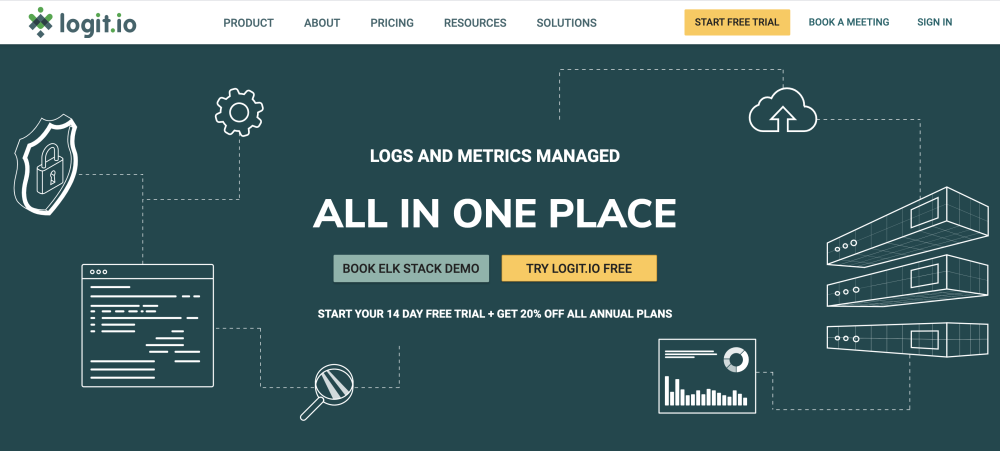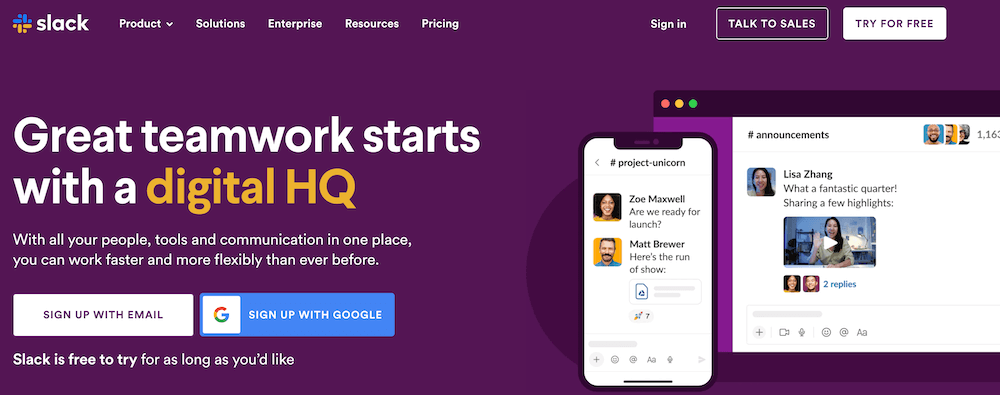Resources
5 min read
Last updated:
In 2020, Growmotely released a study and found out that 74% of business professionals expect remote work to become standard. The same study found that 97% of employees don’t want to return to the office full-time. Another striking statistic is that 61% of employees prefer being fully remote. With these kinds of statistics, it is only reasonable to expect that remote work will continue to become a new normal for many corporations, even those that are less modern and more traditional.
As remote work continues to become a thing of the present and doubtless, a thing of the future, it is also true that there has been a great explosion in innovation and creativity by companies in the technology space to develop software and applications that will facilitate remote work. In this article, we look at five tools that will add a lot of value to your remote working routine.
1. Monday.com
 One of the most popular collaboration tools today, Monday.com is a cloud-based open platform that allows businesses to create their own work management calendars and applications.
One of the most popular collaboration tools today, Monday.com is a cloud-based open platform that allows businesses to create their own work management calendars and applications.
It is designed for teams working on small to large projects. Monday.com is not an entirely perfect traditional project management tool but focuses on creating customisable spreadsheets to enable teams to manage their tasks and workflows .Monday.com was initially released solely as a collaboration tool but today hosts a wealth of new capabilities suitable for customer relationship management, software development and marketing.
Some of Monday.com’s features include;
- People management
- Intuitive user interface
- Workload management
- Collaboration tools
- Reporting and Analytics tools
- Support & training
Pros
- Modern and attractive User Interface
- Highly customizable
- In-app automations
- 200+ templates
Cons
- The plans and their pricing is quite confusing
- Some navigation options are inconsistent
- A 14-day trial is very short for one to master the platform
2. Trello
 Trello is a project management tool that uses a Kanban board to help teams take charge of the tasks that have to be accomplished. Mainly, this tool has the benefit of helping you track your project’s progress. Trello lets you fully customise the boards you create.
Trello is a project management tool that uses a Kanban board to help teams take charge of the tasks that have to be accomplished. Mainly, this tool has the benefit of helping you track your project’s progress. Trello lets you fully customise the boards you create.
If you and your team are looking for ways to manage your workflows within your team and alongside external collaborators, this is the tool for you. Trello offers a free account, API for customers, guest accounts, pre-built templates, Android App, iOS app.
Pros
- Ease of collaboration with internal and external teams alike.
- Real-time sharing project management experience so team members can contribute to a project concurrently.
- Real-time notifications
Cons
- The User Interface of the mobile version is not very user-friendly.
- Limited resources on learning how to use the platform.
- Tasks can not be managed offline
3. Logit.io
 Logit.io is a fully managed solution for log management and data visualisation. Logit.io has recently been featured as one of the best tools suitable for remote employees by the Remote.Tools Community.
Logit.io is a fully managed solution for log management and data visualisation. Logit.io has recently been featured as one of the best tools suitable for remote employees by the Remote.Tools Community.
The platform can be used by everyone from software developers and DevOps engineers to business analysts, customer support and cyber security professionals in large enterprises.
Logit.io is the perfect remote tool for monitoring, alerting on security breaches and management of metrics, traces and logs. The platform also comes with secure sign-in options adding an essential layer of security and control to your reporting dashboards.
Key Logit.io features include:
- Unlimited users
- Fully managed Grafana
- ELK as a service
- Log management
- Alerting and monitoring
- Reporting & Statistics
- Compliance management
- Activity Dashboard
The platform also offers the possibility of separate tenants being able to access the reporting dashboards. This capability prevents unauthorised access by external actors and internal team members who do not have access privileges.
4. Microsoft Teams
 Microsoft Teams combines video conferencing software with team collaboration tools. Microsoft Teams can be used by all enterprises from the smallest of teams to large corporations that may have 10,000 employees in a single virtual meeting.
Microsoft Teams combines video conferencing software with team collaboration tools. Microsoft Teams can be used by all enterprises from the smallest of teams to large corporations that may have 10,000 employees in a single virtual meeting.
This year, Microsoft has made Teams much more flashy with the addition of some new cool features. One of these new features is breakout rooms that enable bigger meetings to split up into smaller groups. __Other features include; __
- Live transcription
- Spotlighting people
- Content from camera
- Call quality monitoring
Pros
- Easy implementation
- High video and audio call quality
Cons
- Confusing file storage structures
- Limited flexibility because a user can’t move a channel or replicate a team.
- Less attractive User Interface.
5. ProofHub
 Is a project management tool with online collaboration capabilities. It helps in creating tasks with a start and end date and set roles for the whole team. ProofHub can be integrated with other popular apps like Google Calendar, Outlook, Dropbox, Google Drive, OneDrive, and more. These increased integration capabilities increase the flexibility you have as a user.
Is a project management tool with online collaboration capabilities. It helps in creating tasks with a start and end date and set roles for the whole team. ProofHub can be integrated with other popular apps like Google Calendar, Outlook, Dropbox, Google Drive, OneDrive, and more. These increased integration capabilities increase the flexibility you have as a user.
ProofHub has some great features including;
- Content management
- Customizable templates
- Collaboration tools
- Due date tracking
- Alerts and notifications
- Calendar management
All the features above make ProofHb a great tool for collaboration among remote workers. Let’s now take a look at the Pros and Cons of this software;
Pros
- Quick and easy setup
- Fairly priced
Cons
- No budgeting tools
- Slow loading at times.
6. Slack
 Slack is a cloud-based project collaboration tool designed to quicken communication across organisations. It’s been used widely in many industries from retail, technology, finance to the services industry.
Slack is a cloud-based project collaboration tool designed to quicken communication across organisations. It’s been used widely in many industries from retail, technology, finance to the services industry.
Slack enables communication on both public and private channels so small teams can communicate on private channels for confidentiality. It also incorporates feeds from social media into the application and brings them together with any conversations that might be taking place on a channel.
Slack boasts many great features such as;
- Voice and video calling
- Instant messaging
- Channels so that you can stay focussed in conversations where you are taking part.
- Accessibility
Pros
- Chat channels make communication between teams easier.
- Powerful integrations with mainstream apps like Google Drive and Microsoft One Drive.
- Built-in phone calls, video chats, and screen sharing features.
Cons
- The platform still faces minor availability issues.
- Highly-priced considering the per active team member standard.
- Use of Mobile Slack is difficult compared to the Desktop version.
If you enjoyed this article then why not take a look at our article all about Opendistro for Elasticsearch or our guide to data visualisation tools.
